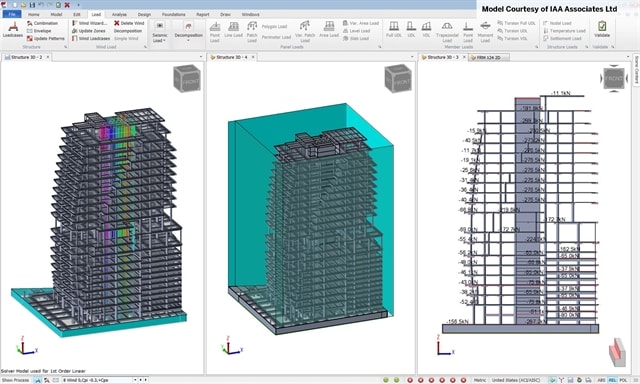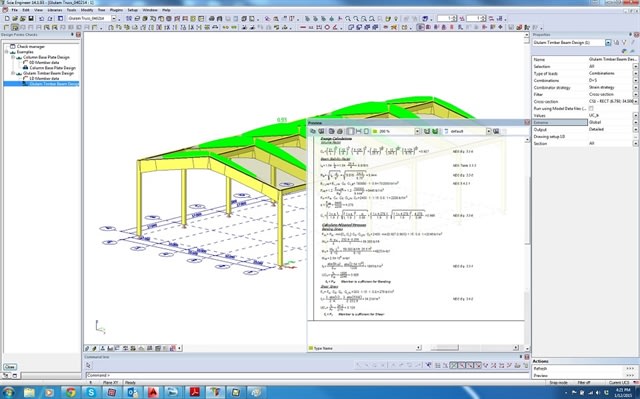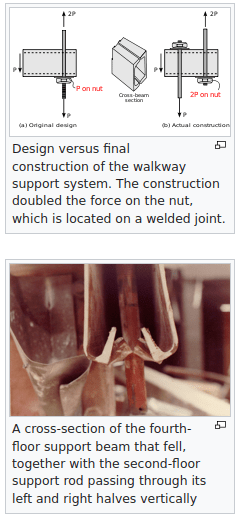EngStuff
Structural
- Jul 1, 2019
- 81
The company I work at we designed a steel building, and we are the EOR. We got the shop drawings for the steel building, but no calculation package. In our general notes we have the language of the details being standard details, and they need to have an engineer to design the connections. We also state to send over stamped calcs for us to do a quick verification. Contractors and clients want to move the project forward without worrying about us checking the calcs/connections. Just make sure the steel beams/columns and E sheets are representative of the structural drawings.
One of the engineers here is saying we perhaps can add a big Note stating that we did not check the calculations nor the connections they provided, and we only checked the configuration of the steel members and exact sizes and are not responsible for connections and they must provide calculation package for record.
In addition, we would stamp it as “approved as noted.”
When it comes to liability, how liable are we if the connections are not sufficient and a failure occurs since we are the EOR? Is there any other recommended language or additional note to add?
One of the engineers here is saying we perhaps can add a big Note stating that we did not check the calculations nor the connections they provided, and we only checked the configuration of the steel members and exact sizes and are not responsible for connections and they must provide calculation package for record.
In addition, we would stamp it as “approved as noted.”
When it comes to liability, how liable are we if the connections are not sufficient and a failure occurs since we are the EOR? Is there any other recommended language or additional note to add?





